Home to more than 600 million people, Southeast Asia is one of the most dynamic regions in the world. A gateway to the Pacific, it is an important trading hub. It is also blessed with a rich and diverse natural ecosystem. The eleven countries of Southeast Asia are Cambodia, Laos, Myanmar (Burma), Thailand, Vietnam, Malaysia, Philippines, Brunei, Indonesia, Singapore, and East Timor. Except for East Timor, all countries in the region belong to the Association of Southeast Asian Nations (ASEAN). Next year, the region hopes to realize “ASEAN 2015″—the full integration of Southeast Asian economies, along the lines of the European Union.
The region is a place of contradictions, too. It is home to glitzy skyscrapers like Malaysia’s Petronas Towers, and it hosts the infamous sweatshops that are the target of consumer boycott campaigns in the United States and other developed countries. Southeast Asia’s uneven development is also reflected in the rise of rich countries like Singapore and Brunei, while poor countries like Laos continue to search for viable economic models.
With so much going on in Southeast Asia, infographics offer a useful heuristic for understanding the area, highlighting the diversity of the ASEAN community and the challenges that lie ahead.

The ASEAN Community Facebook page. Notice there are only 10 children representing 10 countries. East Timor is not yet a member of ASEAN.
Southeast Asia is home to varying degrees of democracy. The recent coup in Thailand is just the most recent example of an ASEAN country's military intervening in its own domestic politics.
ฤาเพราะไทยไม่เคยเรียนรู้ Thailand & Lessons never learned #coup #ThaiCoup #Thailand #asean #ASEANDNA pic.twitter.com/egC84r25Vq
— ASEAN DNA (@ASEAN_DNA) May 22, 2014
Countries like Myanmar have implemented democratic reforms in the past few years. Presumably as a result, recent elections attracted higher voter-turnout levels:
#politics in #SoutheastAsia is a mixed bag and no mistake http://t.co/c00ftRbvBw pic.twitter.com/bgxnBTFdf6
— Southeast Asia Globe (@SEA_GLOBE) July 10, 2014
The region now confronts shared environmental threats, as well. Almost annually, forest fires in Indonesia generate deadly haze in Malaysia and Singapore. Expanded rubber plantations and palm oil production are spurring deforestation in Malaysia and Indonesia, eradicating the region's endemic species.
Let celebrate (late) World Environment day with this infographic showing how many forest areas we have in #ASEAN. pic.twitter.com/VEZwme8CeV
— ASEAN DNA (@ASEAN_DNA) June 13, 2014
Despite the impressive economic growth of many countries in the region, there are still worrying signs that income inequality—the so-called “wealth gap”—is also rising:
Inequality in #Indonesia rising faster than most neighboring countries. Full infographic: http://t.co/rJ0QSHbpPA pic.twitter.com/4EpycxzsRn
— World Bank Asia (@WorldBankAsia) September 27, 2014
Many consumers complain that tax rates are too high:
One of ASEAN's major trading partners—and a chief competitor for foreign investment—is China.
As predicted in @Focus_Asean FDI into #asean outpacing #china http://t.co/AJAz23wqDd pic.twitter.com/thmYqLxQ8R
— Focus Asean (@Focus_Asean) May 2, 2014
Oil and gas deposits also abound in the region. Unfortunately, they are located in the South China Sea (West Philippine Sea), where ASEAN nations and China have overlapping claims.
The movement of people across borders in Southeast Asia has been a source of intense friction between ASEAN members, particularly concerning issues of global significance like human and sex trafficking, which are widespread in the region.
Tourism is big business—one of the area's most promising industries for developing the region further.
Islam is the dominant religion in Indonesia, Malaysia, and Brunei. There are also large Muslim communities across the region:
Internet speed is slow in many ASEAN countries, but it has improved in the law few years:
Now let's take a look at the internet speed in #ASEAN #ASEANDNA #internet #speed pic.twitter.com/Hz5VPJFbcO
— ASEAN DNA (@ASEAN_DNA) May 17, 2014
Like many places around the world, Facebook is the most popular social network in Southeast Asia:
How much time do you spend on social media each week? http://t.co/A4uT421XZR #socialmedia #SoutheastAsia pic.twitter.com/Zy712t46YS
— Southeast Asia Globe (@SEA_GLOBE) August 13, 2014
Despite the uneven and poor IT infrastructure in many ASEAN countries, mobile-phone density in the region is quite high. Myanmar lags, but investors are quickly establishing a presence there, too.
Mobile-phone subscriptions have increased dramatically in the past decade:
Life expectancy is also rising in most ASEAN countries:
Indonesia, Philippines, and Vietnam are the most populous countries in the region:
Obesity is also a growing problem in ASEAN countries:
Just how well does your country score in the #fitness stakes?http://t.co/2SqUcdPntX #diabetes #obesity #southeastasia pic.twitter.com/TXA4N99EoV
— Southeast Asia Globe (@SEA_GLOBE) May 27, 2014
Over the past ten years, there has been a boom in nursing enrollment in several Southeastern Asian countries, particularly in the Philippines, in response to the demand for young health workers and caregivers in wealthier countries.
With world-famous cities like Singapore, Bangkok, and Kuala Lumpur, third-world spectacles in Jakarta, Manila and Ho Chi Minh (Saigon), and exotic destinations in Phuket, Bali, and Boracay, it's hard to deny the singularity of Southeast Asia. As it continues to prosper and assume greater prominence in the world, the region should also address the lingering inequalities that undermine its continued growth and robust future.


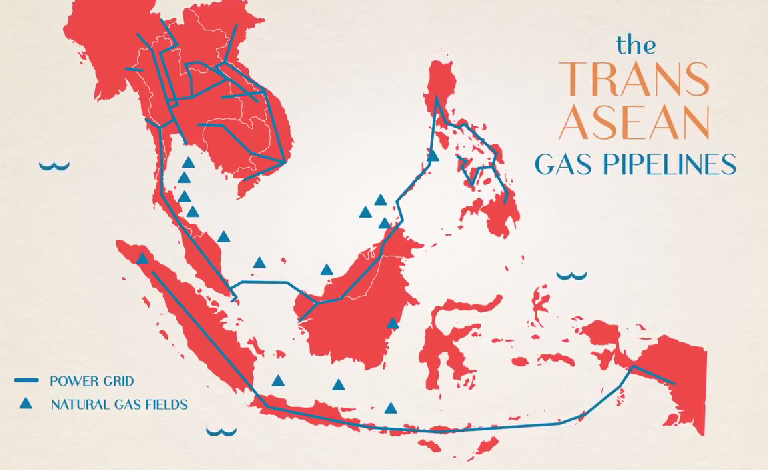
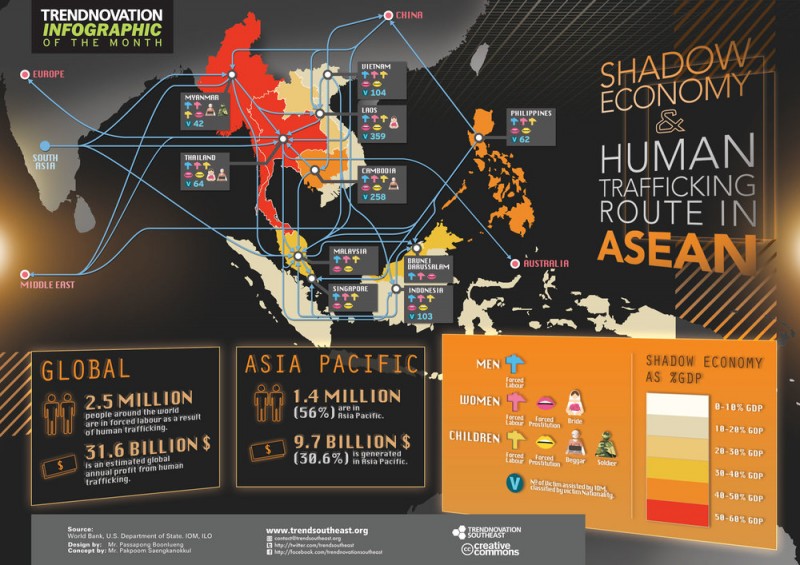
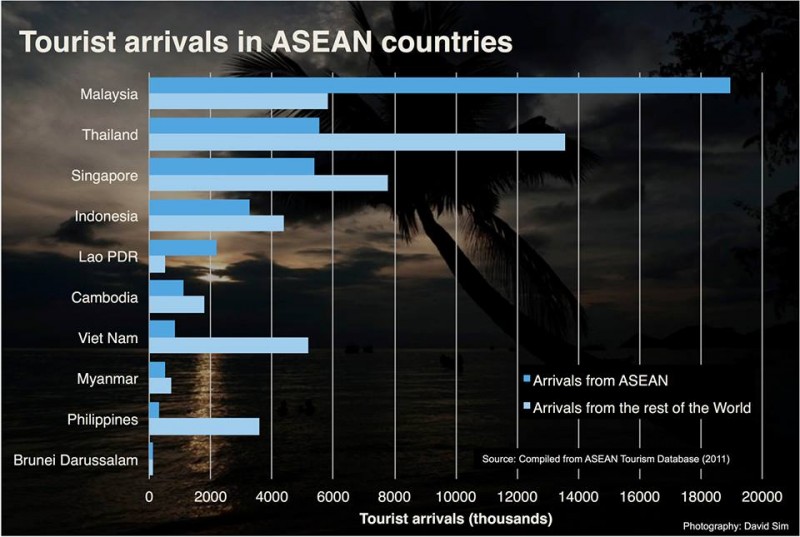
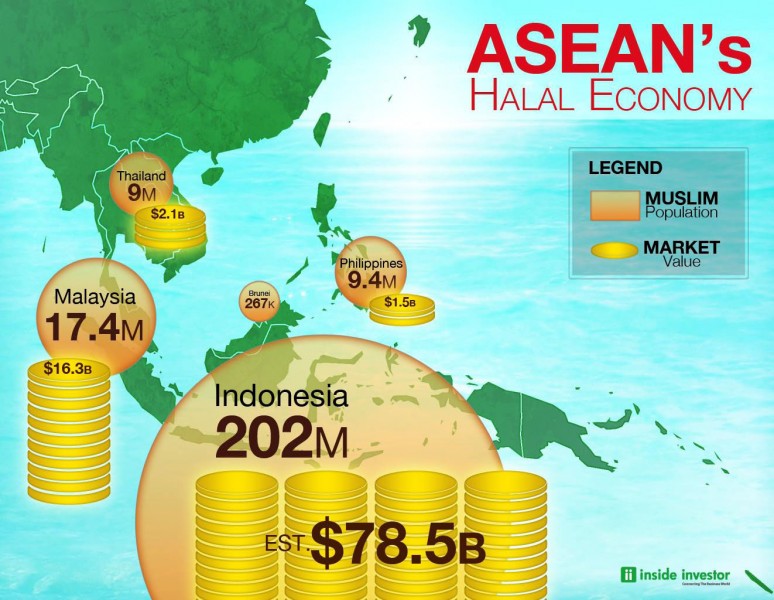
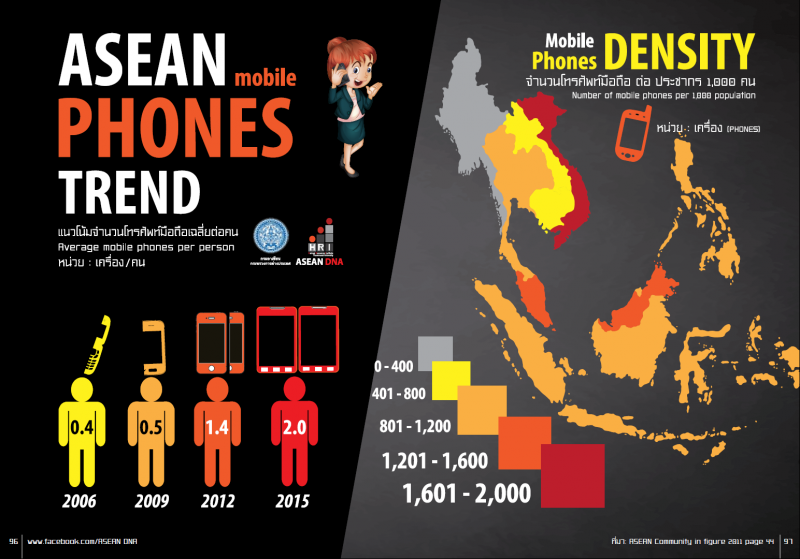
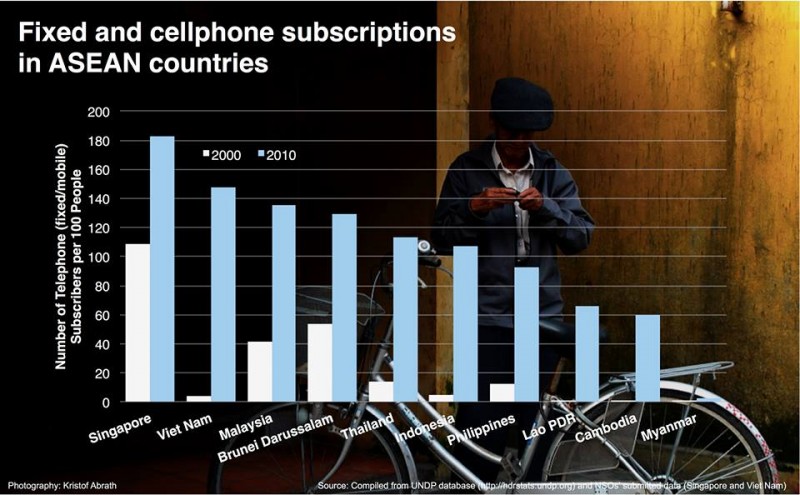
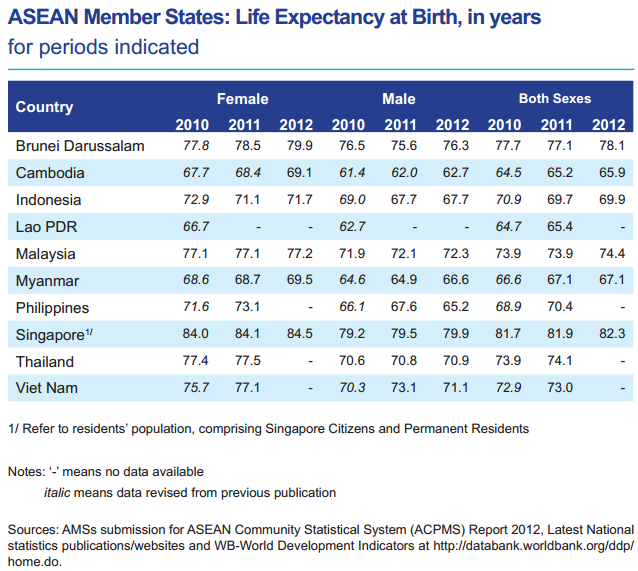








12 comments